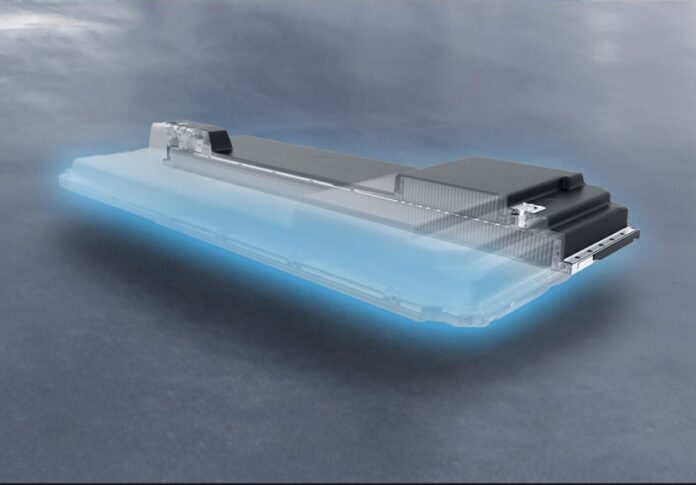There is quite a race developing to build electric powered vehicles that can ‘re-fuel’ in the same time span as petrol- or diesel-powered vehicles. The public seem to be persuaded that consideration of lease or purchasing a new battery electric vehicle depends on how far it can go on one full charge, and how long it takes to replace the stored energy.
Watering the garden – feeding the BEV
Often during dryer spells a garden may need to be watered – so it better to provide a deluge or a fine, steady spray? For plants the answer is a slower rate of delivery, allowing water to be retained in the soil instead of running off the surface and draining away. Similarly, to have a hose 1 m in diameter would certainly deliver the water, but the domestic supply system is built around far smaller diameters.
Large-scale adoption of battery electric vehicles is for most people, new – the last time this happened, on a much, much smaller scale, was during the early years of the internal combustion engine in the early 1900s. This brings major problems:
- Off street parking, with many recent developments featuring no parking or parking remote from the dwellings, makes provision of charging even harder.
- Commercial recharge points – piloted in everything from adapted street lights to dedicated clusters – has on the whole proved to be reliable with many charge stations out of action for multiple reasons including inability to accept payments.
- The local power supply may not have the capability to have multiple chargers added without system upgrades including associated groundworks.
In effect, many districts do not have the capability to provide commercial or private charge points. While newer residential developments have included significant capability, they link up to the surrounding – often inadequate – network.
‘Frying tonight’
A battery stores energy rather well, but does not like to add or take away energy quickly. The process requires electrons to move through the electrolyte from one pole to another, a process that takes time. The more this is speeded up, the greater the risk of deposit build-up on the anode and cathode. Once those deposits get close enough, the energy will arc between them.
Frequent ‘rapid’ charging, akin to using a 1m diameter pipe to water a small garden, does shorten the time to ‘recharge’ the battery but it should only be done a handful of times in the entire life of a vehicle, especially with Li-Ion batteries. If ‘rapid’ charging is used to frequently the ability of the battery to store energy will reduce, and ultimately could fail catastrophically. In the case Li-Ion this will endanger life.
Consider if, through no fault at all of the BEV, the vehicle does go up in smoke – where will you be? The thermal runaway, again, even if not caused by the battery, produces large volumes of highly toxic gasses and hydrogen in a matter of seconds. We no know the classis car parking space along side a house wall with no doors or windows does work – which does not help anyone with an apartment on the 3rd floor, for example.
Synchronicity
On effect the automotive manufacturers have built BEVs that already are ahead of what commonly available chargers can deliver. Apart from the price differential of new BEVs compared to internal combustion engine powertrains, charging is a growing problem. It is a major block to BEV adoption in urban and inner-city locations.
It’s almost as if the ‘best in class’ 22 per cent energy density of a Li-Ion battery compared to a litre of petrol or diesel is really not the main issue, because the bigger issue is getting energy into the battery. So, the next time you see a manufacturer proclaiming significant recharging in a matter of minutes – ask if you have a space next to your dwelling with significant electrical supply on hand to utilise this stunning ability.
No?
It’s a bit like owning a Lamborghini but only ever driving on streets with 20 mph speed limits.
A bit pointless.




